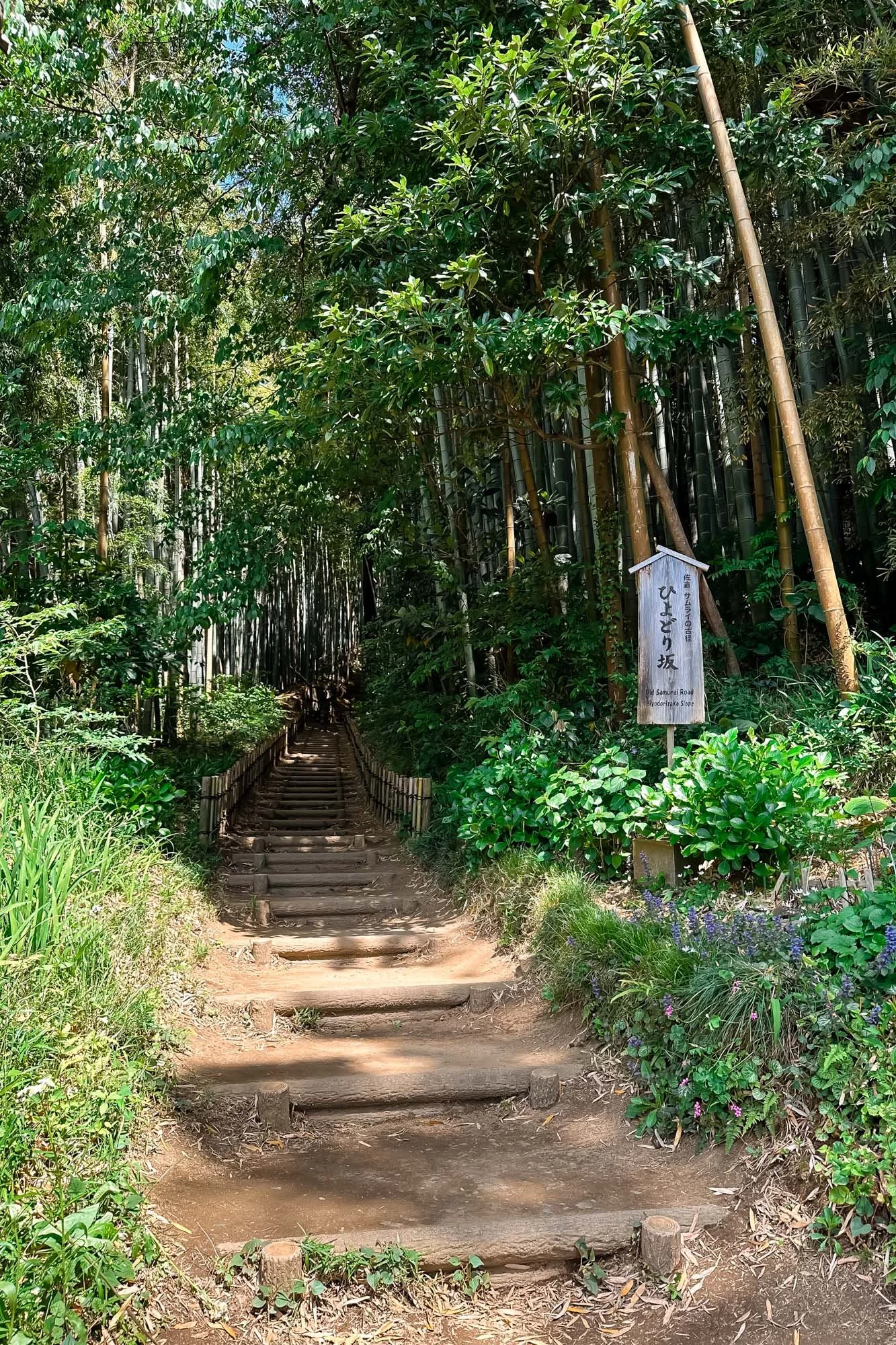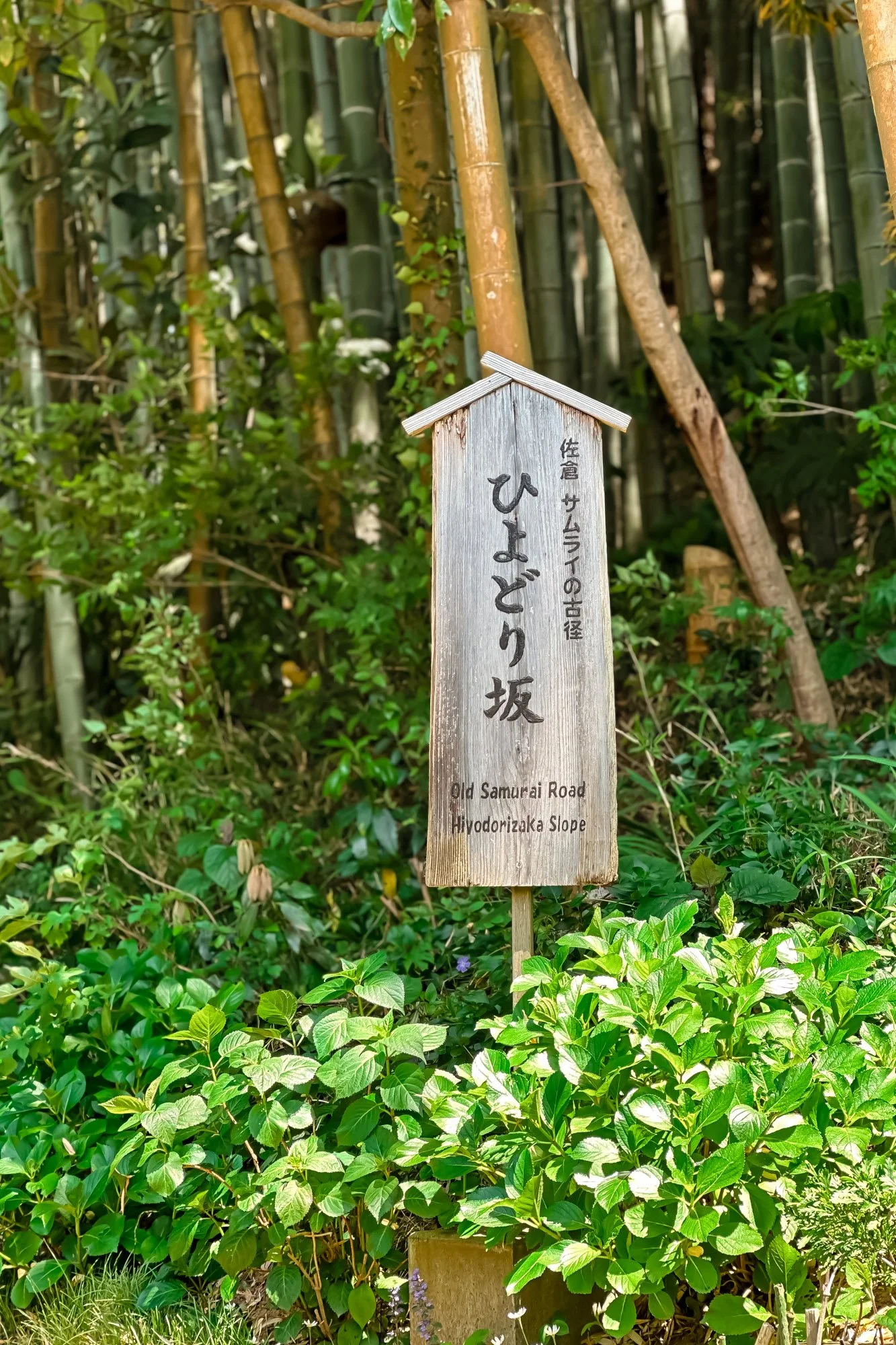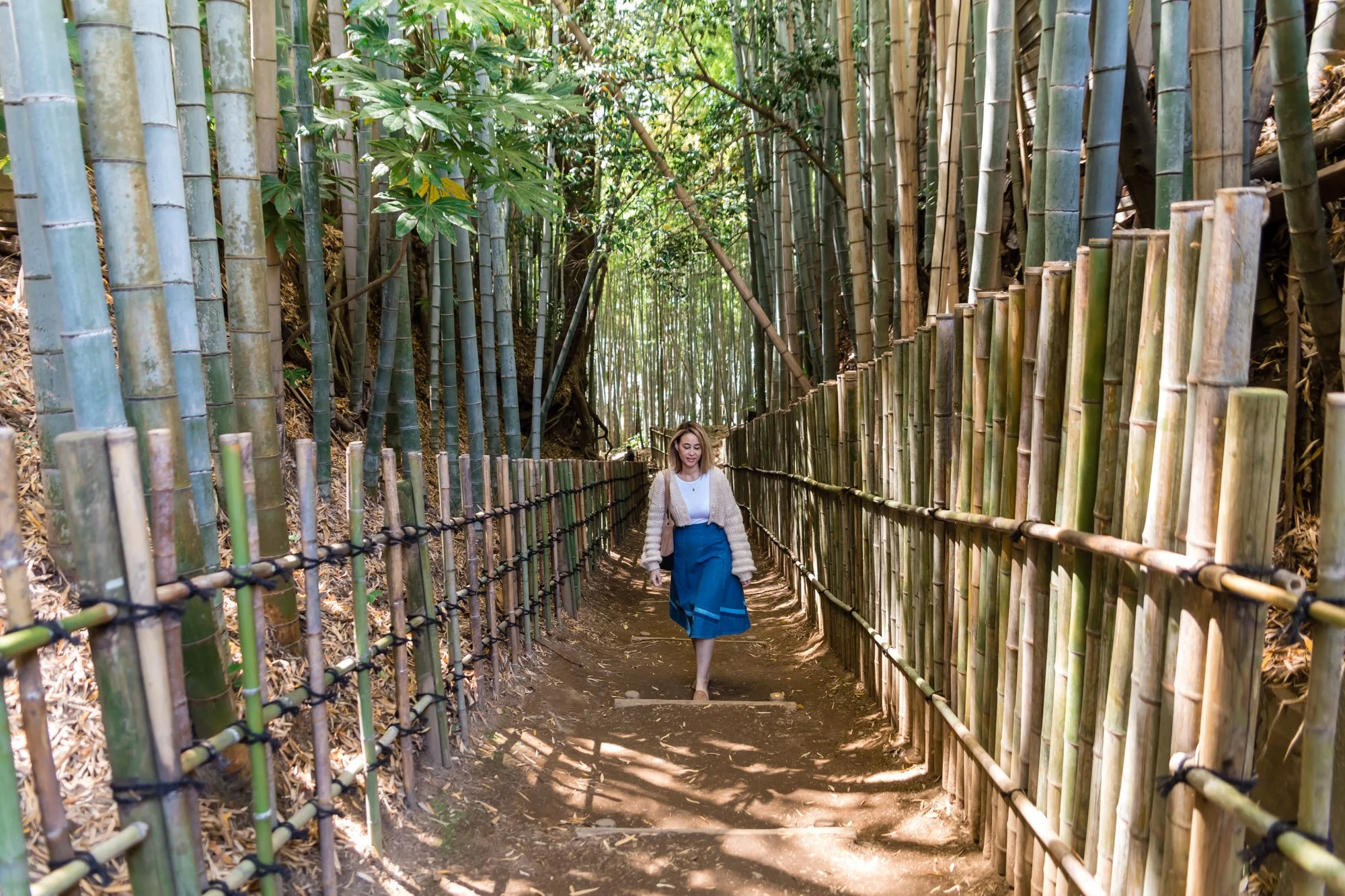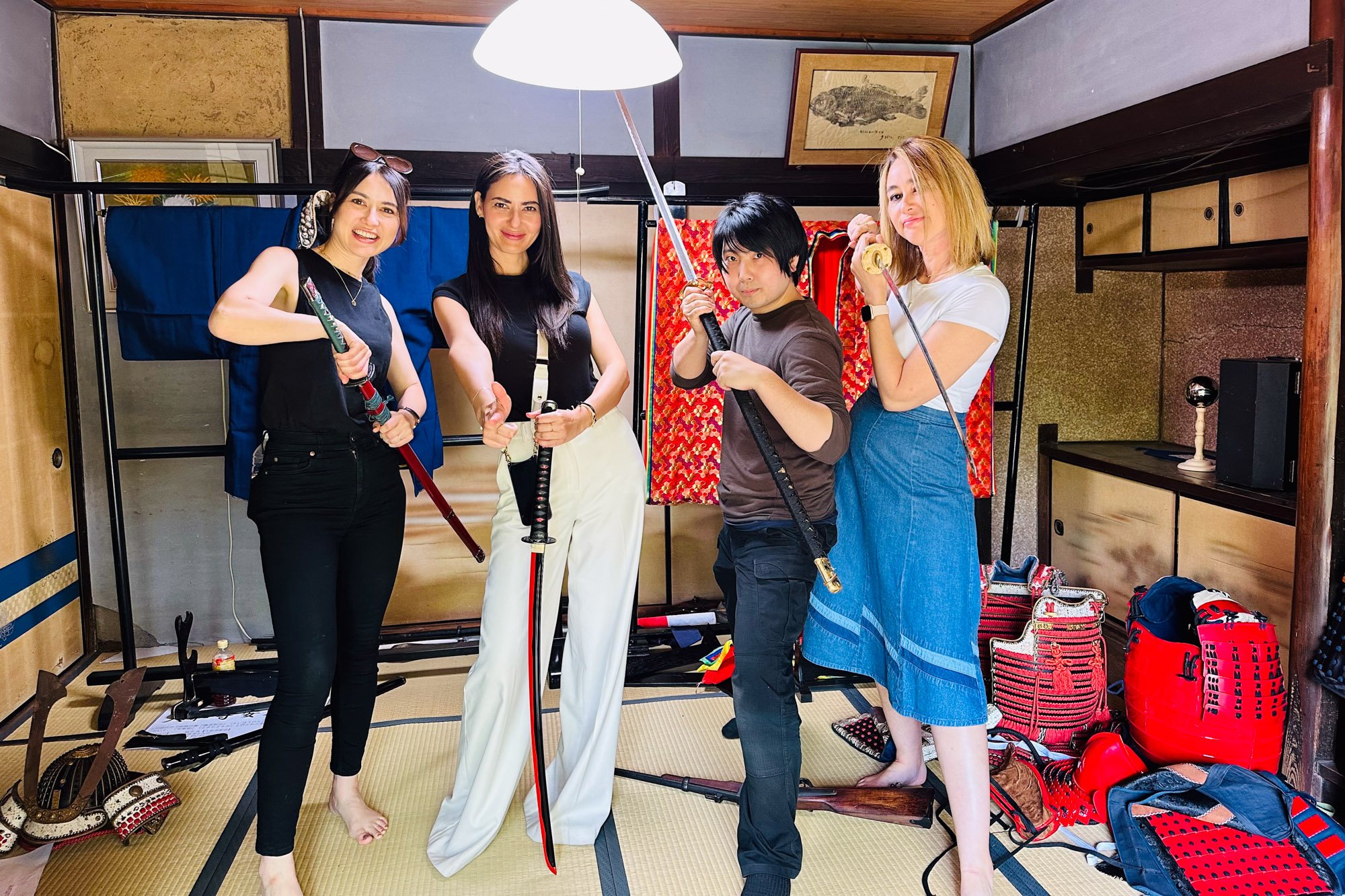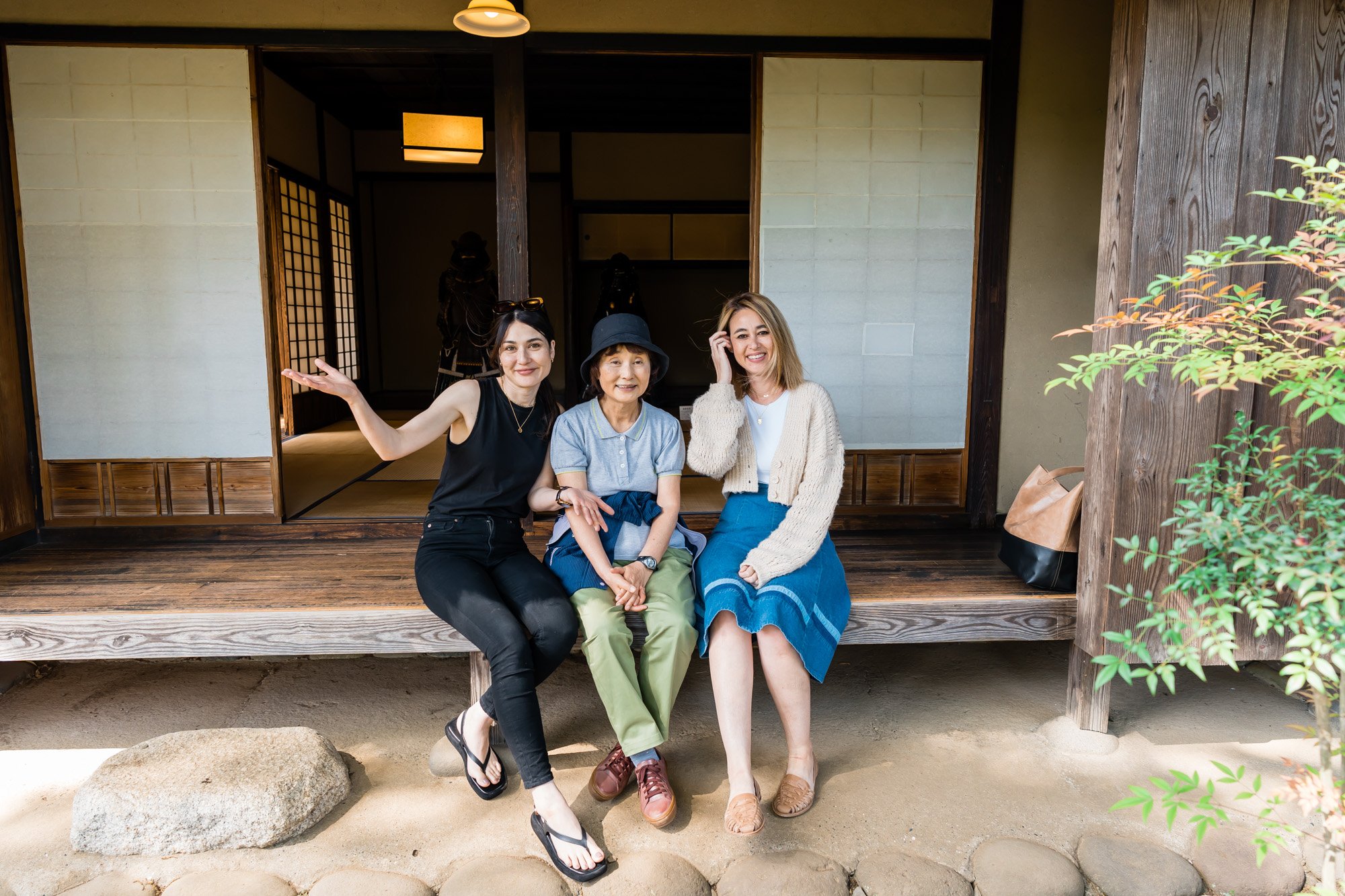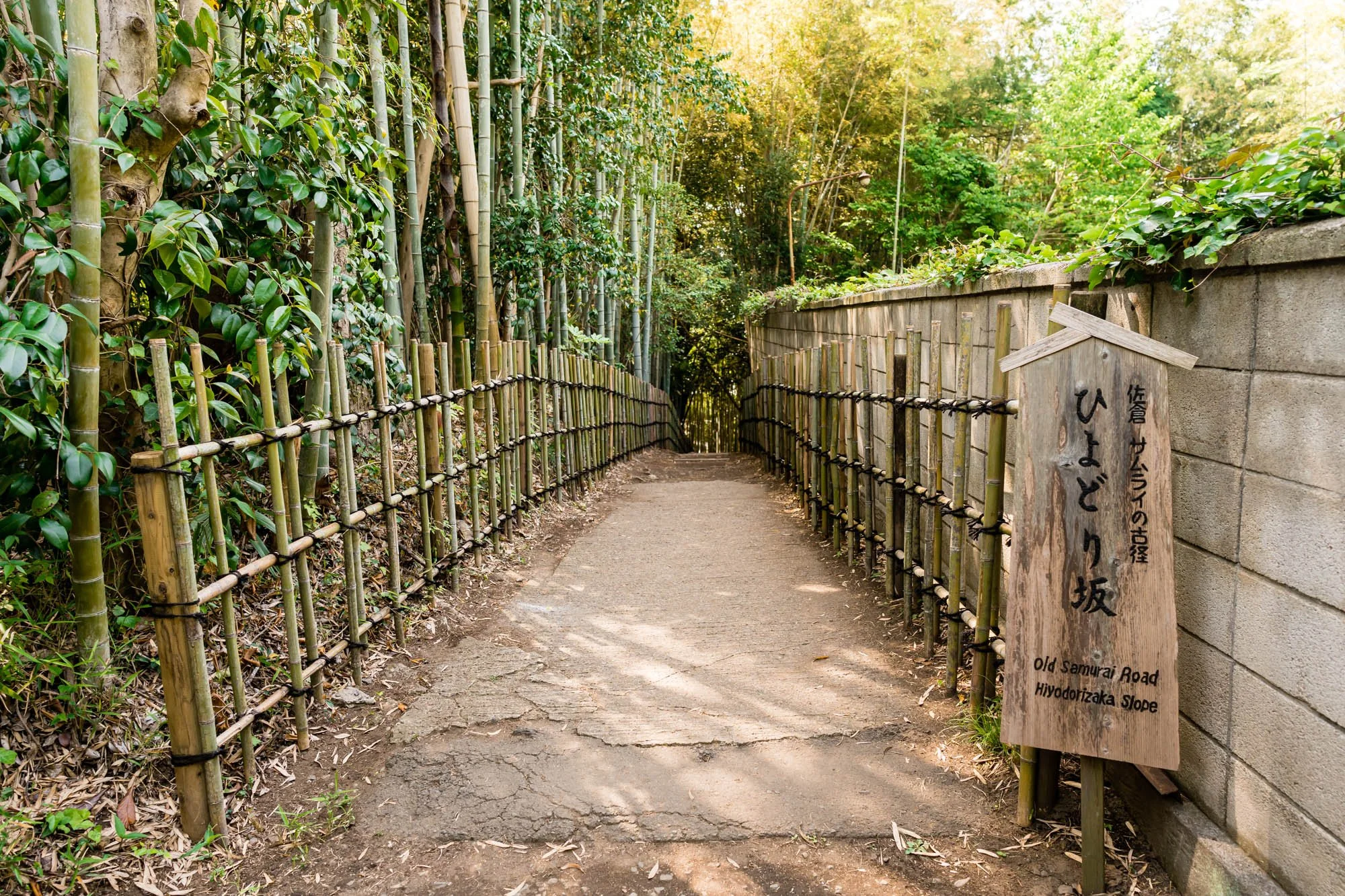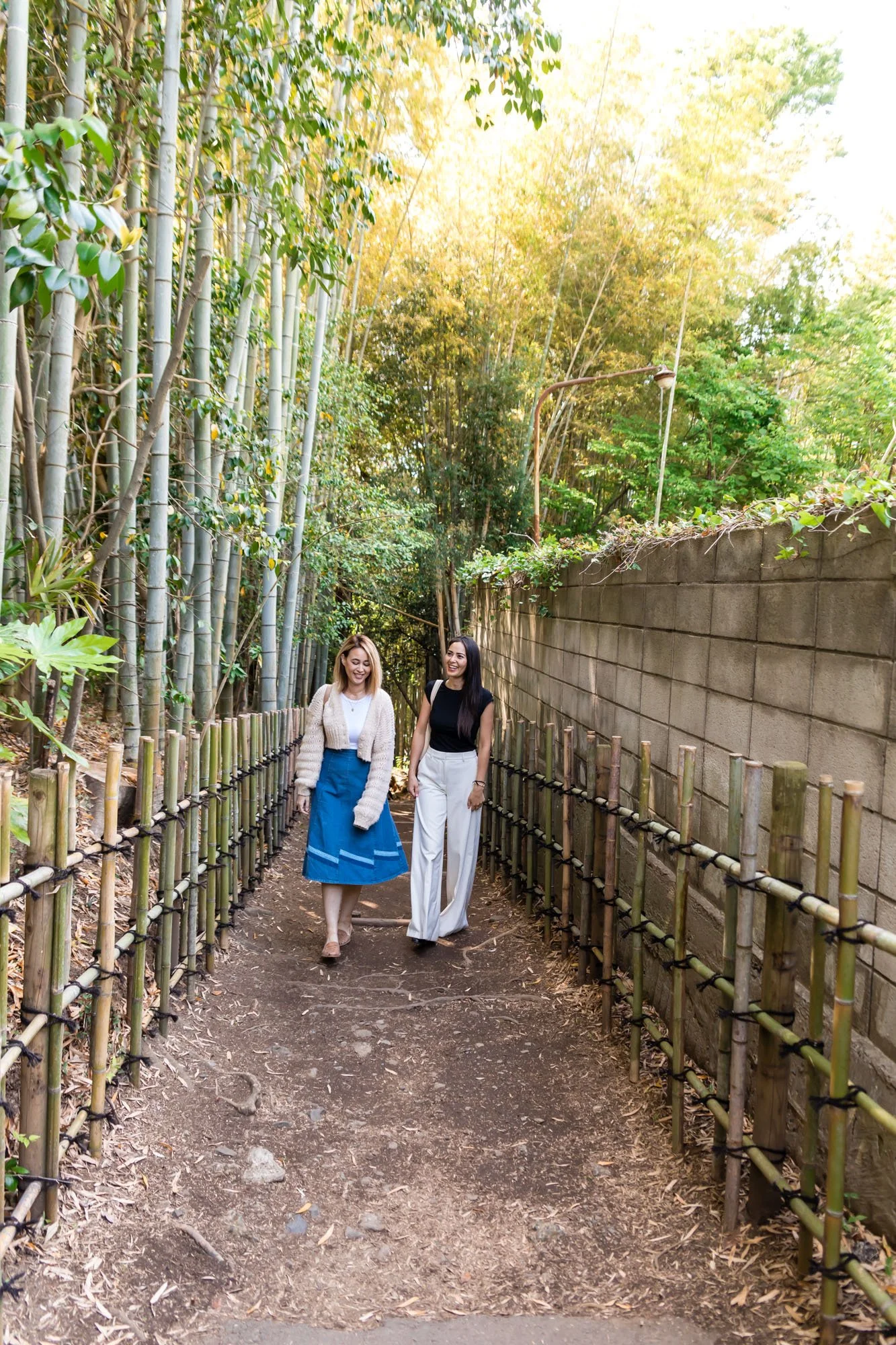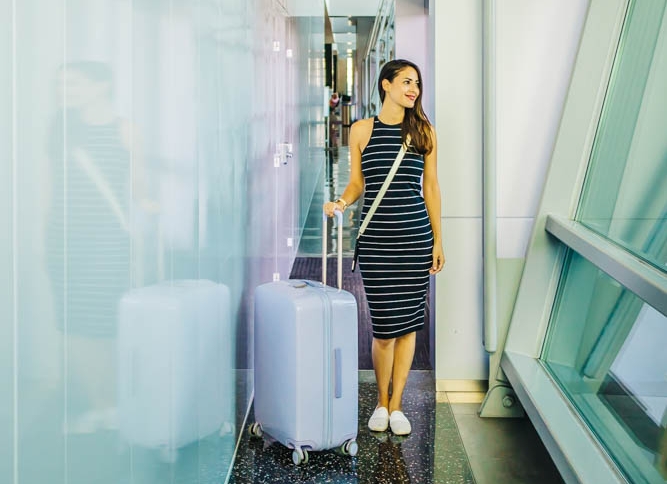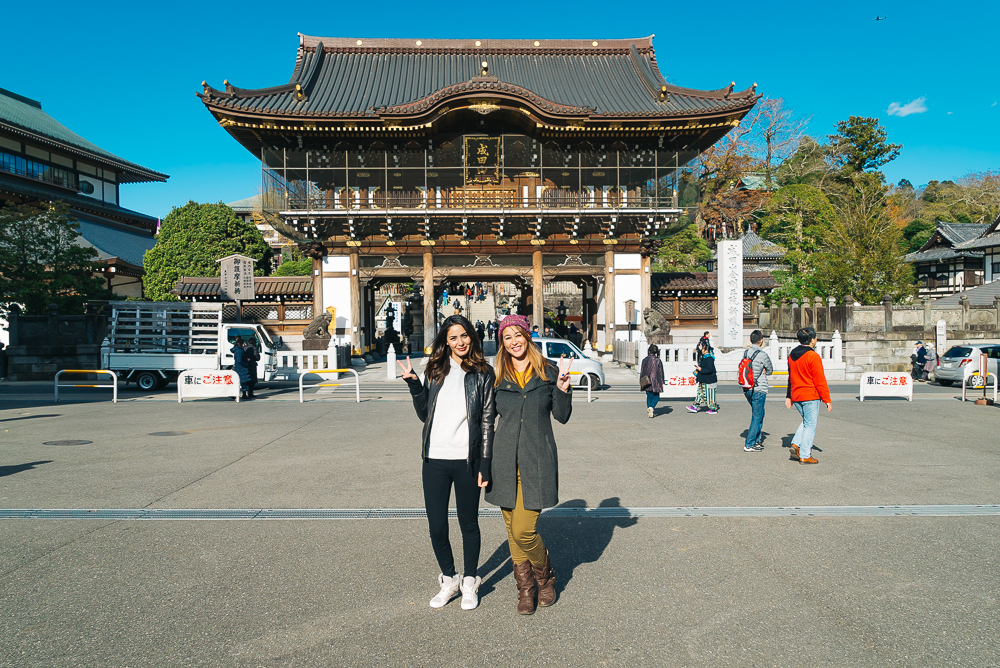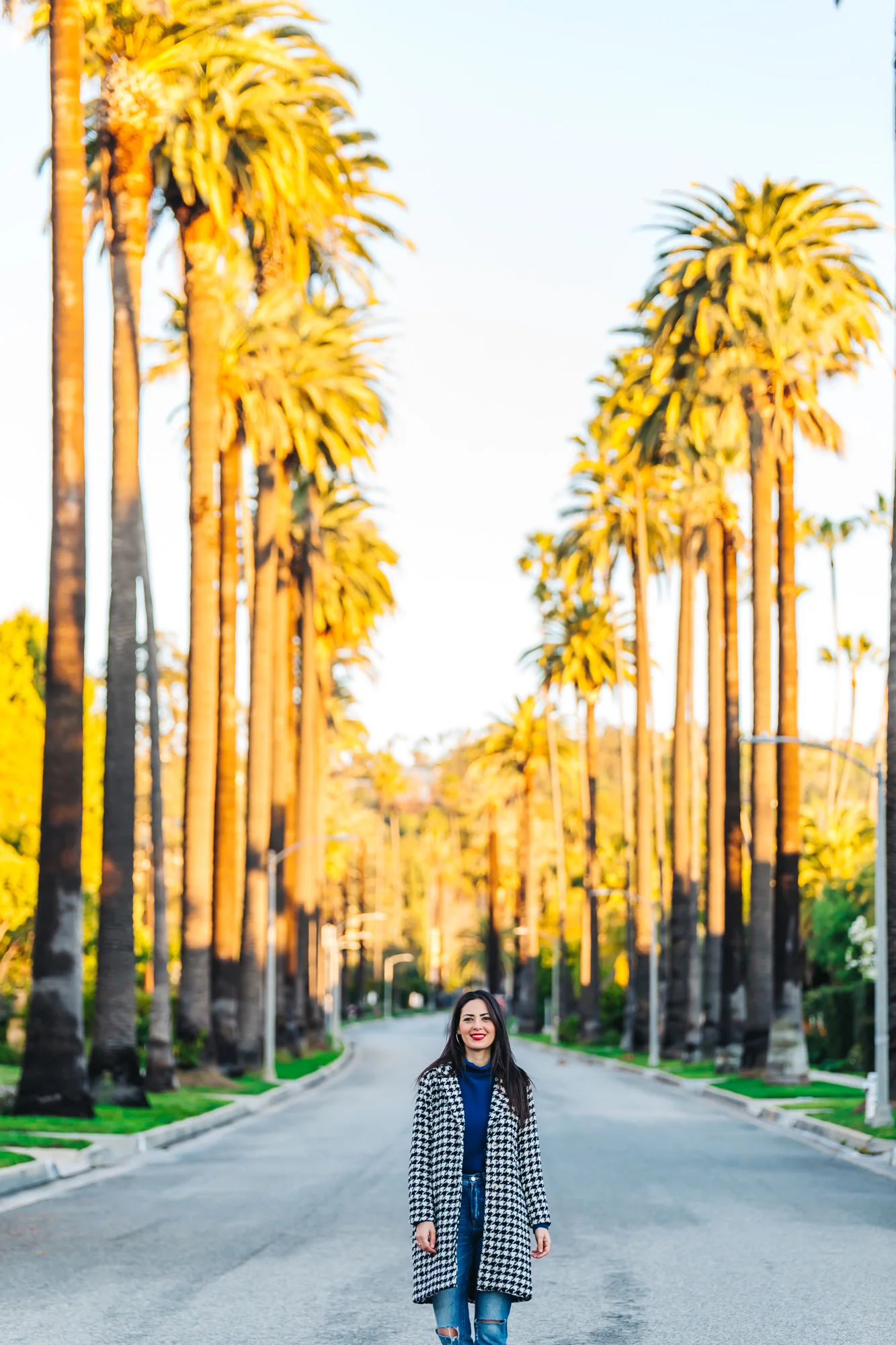Hiyodorizaka Slope - A Samurai Bamboo Forest in Sakura City
/This post contains affiliate links, which means that at no additional cost to you if you click on one of the product links, we may earn a commission. As Amazon Associates, we earn from qualifying purchases.
Our little sister lives near Sakura, Japan, and told us about a bamboo forest that was fairly close to Sakura train station. We love bamboo forests, so we made a day trip with our little sister and mom to check out this hidden gem.
We didn’t know much about the area and were simply expecting to see a bamboo forest. However, there was more to the forest and a lot of samurai history here that was being preserved.
How To Get There
We took the train from Keisei Narita Station to Keisei Sakura Station. From there, our little sister picked us up in her car and we drove the rest of the way.
Walking to Hiyodorizaka Slope
The Keisei line was the route we took since our sister picked us up there, but if you don’t have a car, it’s best to take the JR Line from Narita Station to Sakura Station. From JR Sakura Station, it’s about a 0.75 mile (1200 meters) walk to the foot of Hiyodorizaka Slope (the bamboo forest).
Entrance to Hiyodorizaka Slope
Walk in the Footsteps of a Samurai
Hiyodorizaka Slope AKA Old Samurai Road is a slope covered with hundreds of bamboo trees, which look similar to the famous Sagano bamboo forest in Kyoto.
Hiyodorizaka Slope
Old Samurai Road
However, this bamboo forest is much less crowded than the one in Kyoto, so you can enjoy the grove in a more peaceful setting. The surrounding area is quiet with very little foot traffic. It was a breath of fresh air to walk through a mesmerizing bamboo forest nestled right in the heart of a residential neighborhood.
This enchanting bamboo forest has hardly changed since the Edo period (1603-1868) and it is thought that samurai warriors of the Sakura liege lord used this path for coming and going from their nearby residences. Experiencing the serene ambiance that once embraced samurai warriors was truly captivating.
There is a bench in the middle of the slope, and you can take a break while soaking in the atmosphere of the Edo period. The sun filtering through the dense canopy of the bamboo forest was serene and mesmerizing.
Explore Old Samurai Residences
Once you reach the top of the slope, there is an entrance to three old Samurai Residences. The three residences located on the property are the old residences of the Kawara, Tajima, and Takei families. The street facing the residence is called Bukeyashiki Dori and there are earthworks and hedges along the street which retains the atmosphere of the Edo period.
Samurai Forest Sign
Samurai Residence Entrance
The Kawara residence is considered to be the oldest remaining samurai residence in Sakura. On the day of our visit, Tatsuya a volunteer on-site, was showcasing Samurai clothing and swords. He was very enthusiastic and asked if we wanted to try on Samurai clothes.
Crystal getting dressed as a samurai
Wearing a Kimono
We definitely took him up on this offer. Dressing in traditional samurai clothing gear is a process that involves several intricate and symbolic steps. There are several layers and the shoulder pads (kataginu) is surprisingly heavy.
Strike a Pose!
We loved this outfit on Cindy
Crystal testing out a samurai sword
Cindy wearing a Samurai Helmet
Candy wore a kimono which was heavy but nothing compared to the weight Crystal was wearing. Our little sister, Cindy, put on some clothing gear as well and we couldn’t get over how fitting the warrior look was on her. After taking a ton of photos and chatting with Tatsuya, we moved on to check out the rest of the residences.
Group pic with Tatsuya
The former residence of the Tajima Family remains unchanged since the Edo period and the Takei Family is a relocated building. Their residence exhibits excavated artifacts related to the samurai residences.
Edo Period Kitchen
Mom enjoying the views outside
We enjoyed exploring the various tatami rooms which were divided by shoji doors. Most of the rooms are simple with little to no furniture. The kitchen had a large stove (kamado) with cooking holes, which was common for upper-class houses.
Taking a pic with Mom
We wish there was information posted inside the residence’s rooms, but most of the information was posted on a large board outside. Although the information was limited, we did appreciate that they were translated into English.
Signage at the Samurai Residences
Crystal filming Candy being silly
Parking lot
Final Thoughts
We had a great time exploring this hidden gem in Sakura City. We had plans to simply walk through a bamboo forest, but were pleasantly surprised to see that there was more to discover with the Samurai residences. We thought we would only spend an hour here, but ended up spending a few hours to explore everything.
It was such a lovely day and we had a great time trying on samurai clothes and getting to know Tatusya. He was so eager to show and teach us about the samurai clothes and their swords.
Signs at the foot of Hiyodorizaka Slope
HIYODORIZAKA SLOPE
5-12 Jonaicho, Sakura City
A 20-minute walk from JR Sakura Station




